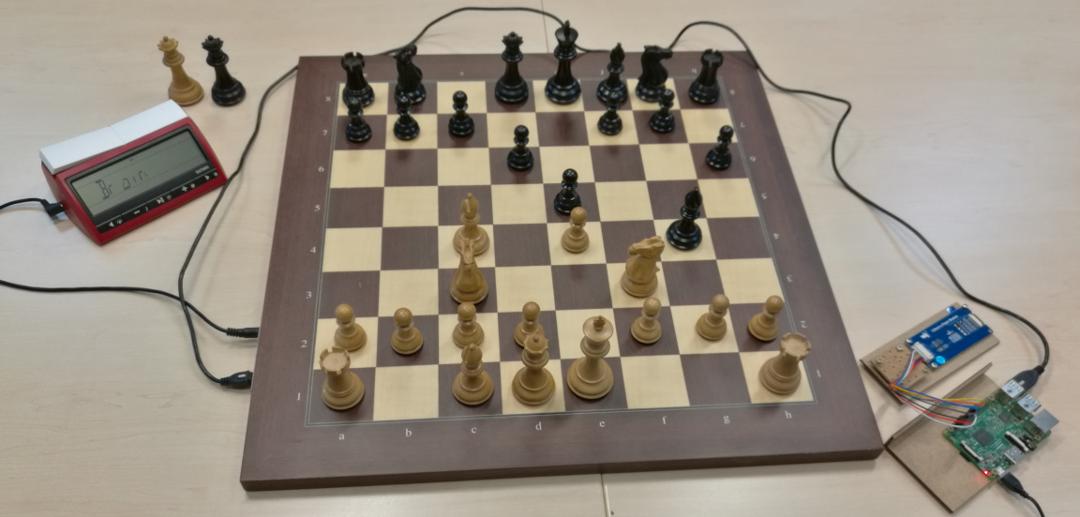
Dispatcher release – or why this name/version?
Older versions of picochess always had the following “problem”: If you use picochess with two clocks (Dgt-Pi together with Revelation II / Dgt3000 / DgtXL) the info on the electronic clocks were linked together. Surely the Dgt-Pi is alot faster, so you first saw the info there. But the faster clock is then waiting for the slower one. I wanted to work on making the displays more independent from eachother. So i refactored the code to make each clock have its own tasks of what and when to display. Therefore this release is called “dispatcher”. Its perhaps abit technical, but if you take a close look especially at the startup you can see that the quicker clock continues with its displays even the other clock is still displaying older stuff. As an example the Dgt-Pi is super fast in getting ready whereas a standard clock first needs to be activated over the e-board. This is not the end of the road – my idea is that each clock displays different info – but this will need some time to develop.
Updates – Another problem i began to work on
Alot of people asking me to get an image from picochess on a special version. Some image files you can find over picochess images. But its hard for me to create images. My plan is to let the user decide when to update and when not instead of an automatic update at startup. This update path needs some flags setup – which is probably not too easy for a windows user. I hope this makes it abit easier to update. Also it will allow you to downgrade to a former version (just in case there is a problem with the newest version 🙂 ). Anyway, this is work-on-progress. Right now there is no such function even the update-menu is already in place.
Position setup
One of my favourites. Its really fun to setup a position on the DGT electronic board, and press some buttons, and voila you’re done. But the new menu system since v0.60 has the disadvantage in my eyes that you need to go over too many levels during setup. At that time i wanted to have a shortcut to say “the rest of info is like before – go to end”. Around v0.60 times i was very busy changing the menu system to the new system – and after its finished i wanted to do something else 😉 But the idea is never forgotten – just shifted all the time. On the google forum Santiago Torres came up with this so i finally decided to do it *now*. Sometimes even good ideas need abit time until they really done.
Human voice speed
If you read this blog deeper you might already know that i wanted to change the older computer voice generated by a TTS (text to speech) computer program to human spoken voices. Despite the sound quality a human speaks the output quicker. Well, “laterunner” asks if he can have them spoken even quicker. After some research i decided for an unix package called “sox” which allows to speed up/down the voice. Some tests on the various languages let me decide to offer speed factors from 90% to 135% of the recorded voice. You can now setup this factor over ini file or menu – like most other flag values. But if you update from an older version, you need to install this “sox” package with “sudo apt-get install sox”. I hope someone will provide an image for all users who can’t access the linux file system – which brings me back to the former paragraph. But dont worry, i take into account sox not installed. In this case it stays with 100% like before. Its just a nice feature.

Leave a Reply